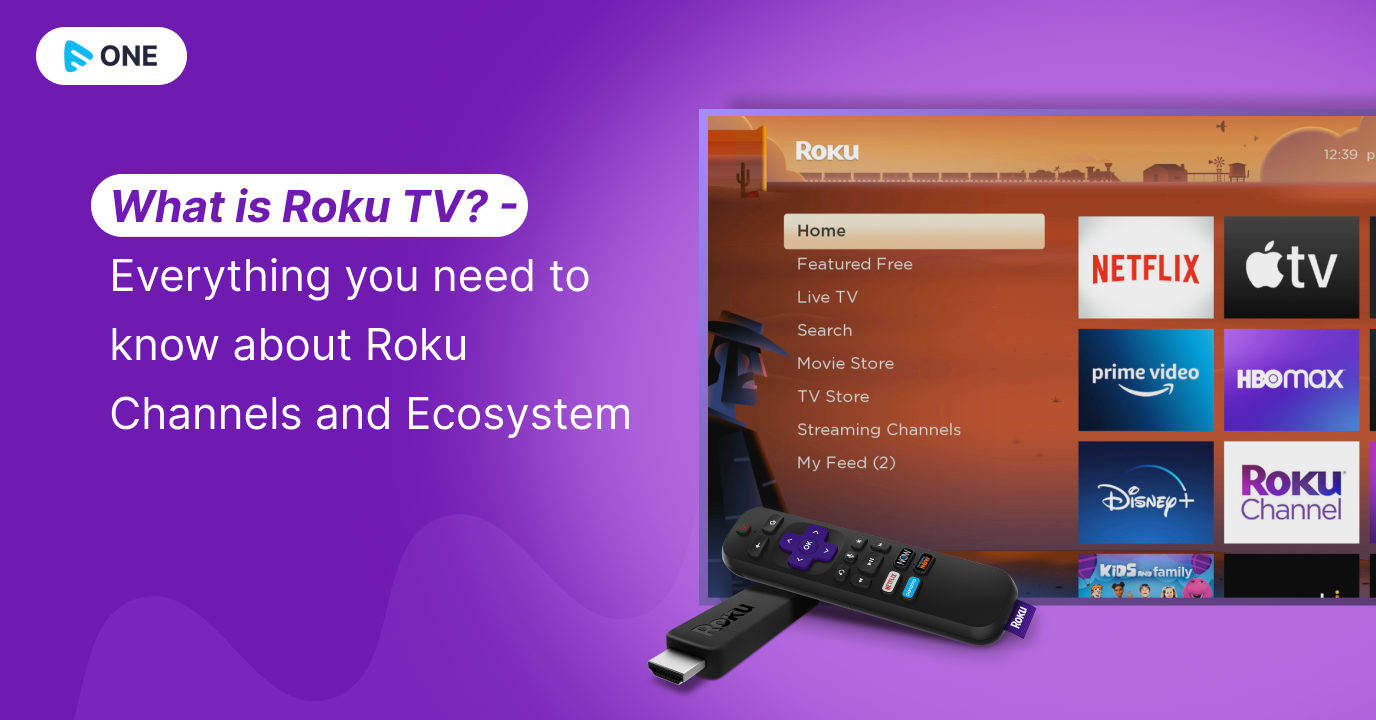What Does Apollo Group Tv Do?
Table of ContentsApollo Group Tv for BeginnersThe Ultimate Guide To Apollo Group TvAn Unbiased View of Apollo Group TvUnknown Facts About Apollo Group Tv
In this scenario, instead of having three-minute business areas throughout a 30-minute tv program, TV programming may change to one where a consumer will certainly be called for to have a month-to-month membership, so that they cen view targeted banner ads. This sort of advertising already happens online, and the quantity of data television companies gather enables them to do a lot the very same.Describe the significant fads amongst the broadcasting and cord networks. Popular radio shows such as police dramatization Dragnet and western cowboy series Gunsmoke were adjusted for television, and brand-new Television shows were funded by solitary advertisers, just as radio programs had been.
Today, the television sector is even more complicated. Programs are sponsored by numerous marketers; programming is regulated by significant media corporations; and the three significant networks no longer control the airwaves however instead share their viewers with countless wire channels. Several variables represent these trends within the sector, including technological growths, federal government laws, and the development of new networks.

An Unbiased View of Apollo Group Tv
Even public tv has come to be based on the influence of advertising. Established in 1969, (PBS) created out of a report by the Carnegie Commission on Educational Tv, which analyzed the duty of academic, noncommercial television on culture. The report suggested that the government money public television in order to give diversity of shows during the network eraa solution produced "not to market products" yet to "enhance citizenship and civil service (McCauley, 2003)." Public television was likewise intended to supply universal access to tv for audiences in country areas or customers who might not manage to pay for exclusive television solutions.
The duration in between 1950 and 1970 is historically acknowledged as the. In addition to a tiny portion of airtime managed by public tv, the 3 significant networks (recognized as the Big 3) controlled the tv industry, collectively representing greater than 95 percent of prime-time watching. In 1986, Rupert Murdoch, the head of international firm Information Corp, launched the Fox network, challenging the dominance of the Big Three.
Targeting young and minority audiences with shows such as Buffy the Vampire Slayer, Moesha, Dawson's Creek, and The Wayans Bros., the new networks really hoped to attract terminals far from their old network associations. Instead than repeating the success of Fox, UPN and WB had a hard time to make an impact. Not able to draw in numerous affiliate terminals, both recently established networks got to fewer families than their bigger opponents because they were unobtainable in some smaller cities.
This decision led the way for the development of cable movie networks, adding to the rapid development of cord in the 1980s and 1990s. apollo group tv. Further deregulation of cable in the 1984 Wire Communications Plan Act eliminated limitations on cable television rates, enabling drivers to bill what they wanted for cable television services as long as there was effective competitors to the service (a requirement that over 90 percent of all cable television markets could fulfill)
Some Known Incorrect Statements About Apollo Group Tv

Having developed the very first "superstation," Turner expanded his realm by establishing 24-hour information network CNN in 1980. At the end of the year, 28 national programs solutions were available, and the cable television change had actually begun. Over the next decade, the market went through a duration of fast development and appeal, and by 1994 visitors could choose from 94 fundamental and 20 premium cord solutions.
Number 9 - https://pxhere.com/en/photographer-me/4399172.16 Raised competitors from cord channels has triggered a constant decline in the networks' audience rankings. Throughout the 1950s, the expense of generating a single tv program increased as shows came to be much longer and production expenses rose. Sponsorship on network tv shifted from single sponsorship, in which a program was totally supported and produced by one advertiser, to several sponsorship, in which marketers bought 1- or 2-minute places on the show
Select one of the Big Four networks and print out its once a week programs routine. Enjoy the network's prime-time programs over the course of a week, noting the target market for each program.
The 2-Minute Rule for Apollo Group Tv

Linear TV, commonly described as traditional broadcast TV, incorporates cable television and satellite television. It's home called "direct" due to the fact that web content follows an established programs routine, unlike on-demand web content which the specific audience determines to watch based on their own preferences and routine. When you ask, "What is straight Television?", think about it as the timeless means of seeing television that has been around for years.